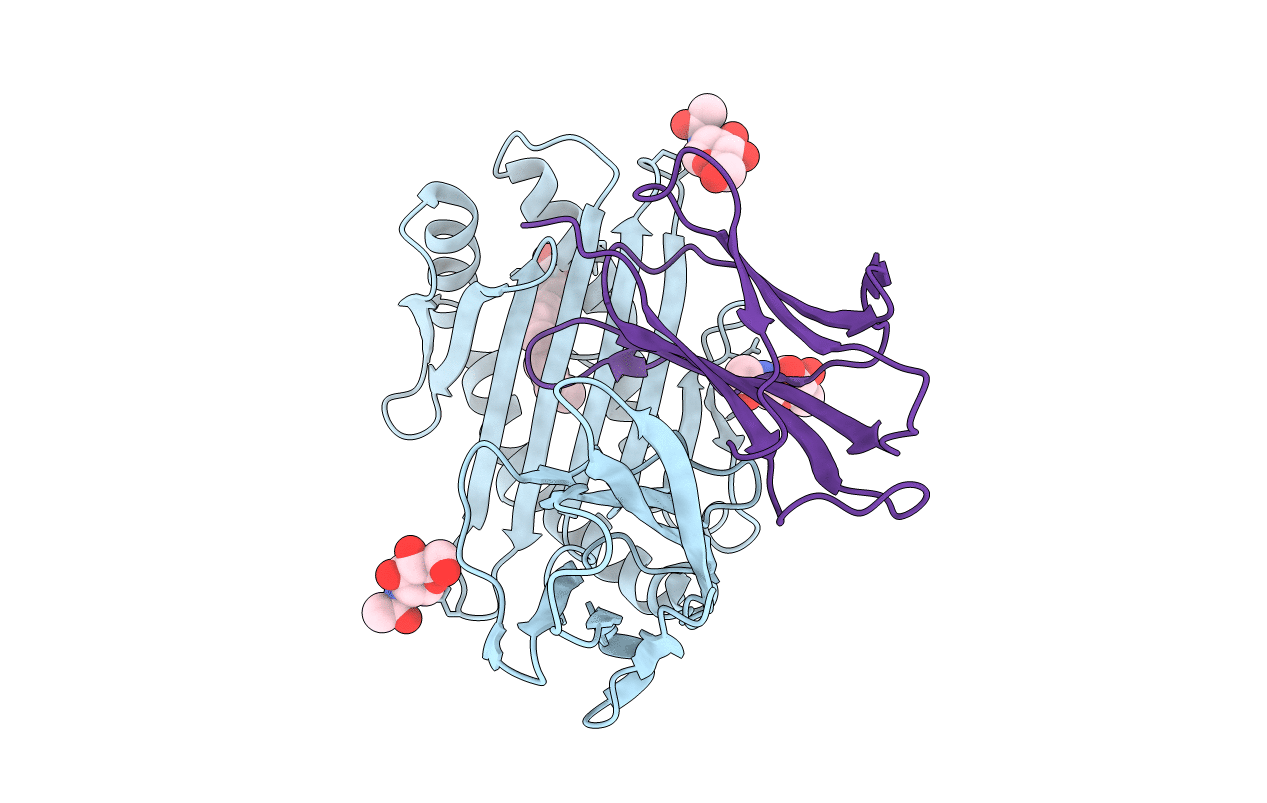
Deposition Date
2008-06-02
Release Date
2008-11-25
Last Version Date
2024-11-13
Entry Detail
Biological Source:
Source Organism:
Gallus gallus (Taxon ID: 9031)
Homo sapiens (Taxon ID: 9606)
Homo sapiens (Taxon ID: 9606)
Host Organism:
Method Details:
Experimental Method:
Resolution:
2.00 Å
R-Value Free:
0.26
R-Value Work:
0.21
R-Value Observed:
0.21
Space Group:
P 41 21 2


